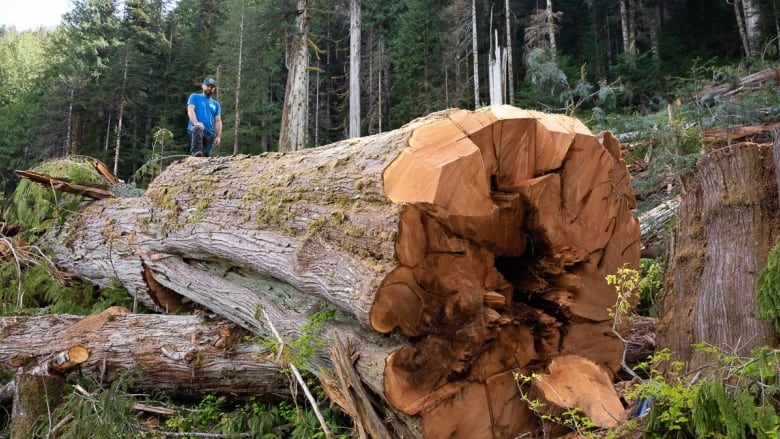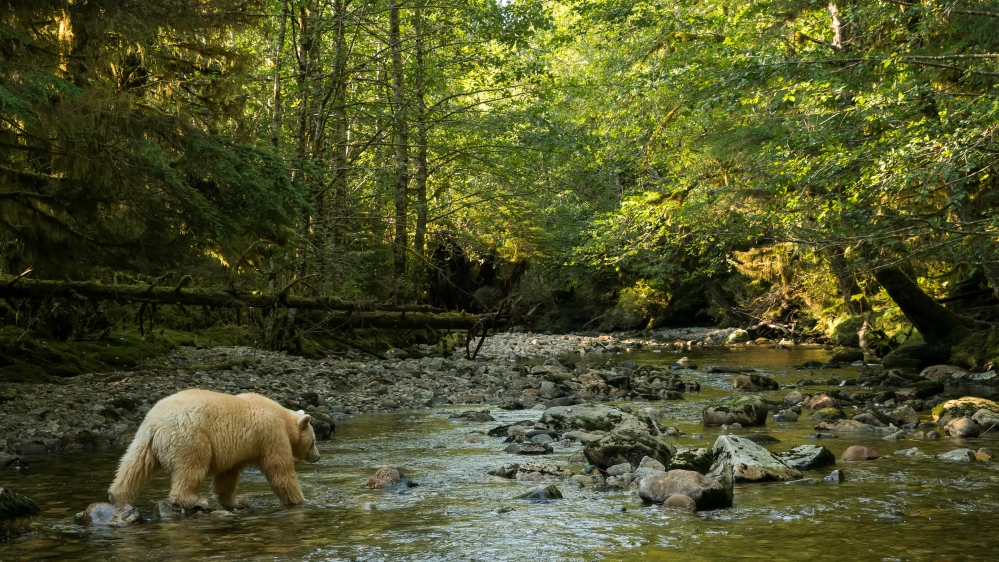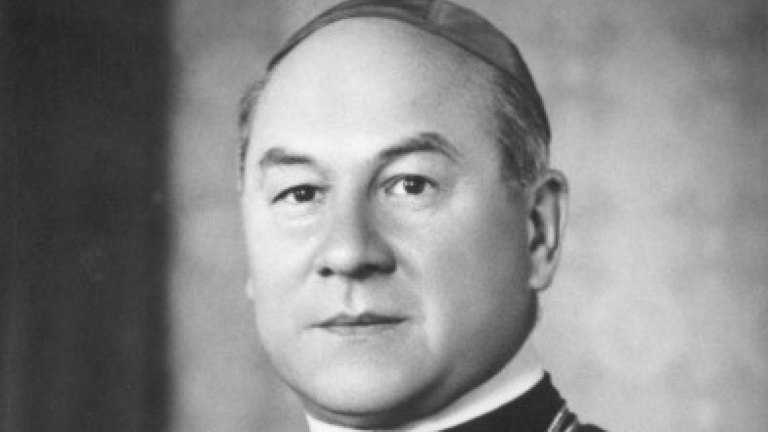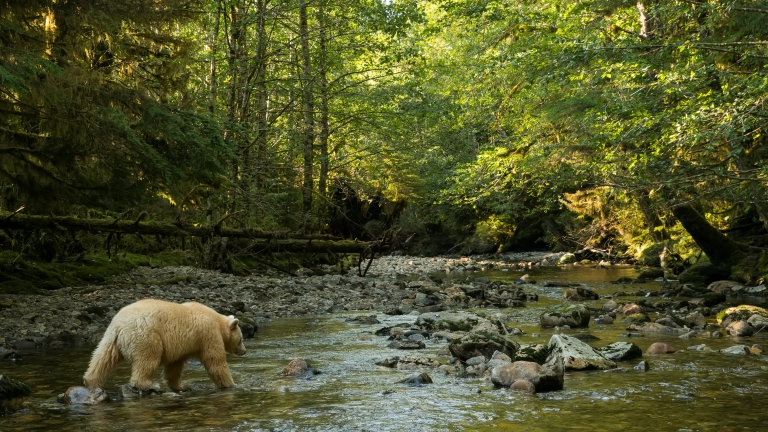I still remember the first time I stood in an ancient forest in the wilds of British Columbia and took in the immensity of the trees around me. To my left was a western red cedar that must have measured 10 metres around. To my right was a mountain hemlock that was almost as big.The forest floor was made up of a thick carpet of decomposing organic matter, every molecule of it supporting the new growth was spread out across the forest. There were trees of all ages, each at a different stage in a cycle of birth, growth and decay. It was quite a while before I began to understand the dynamics of the forest. For that I had to read books, and listen to ecologists and biologists far better versed in the ways of the wilderness than I was. But with time I began to appreciate the intricate balance of the forest that had changed little since the last Ice Age retreated 10,000 years ago.
Until 120 years before I arrived there had hardly even been a white man that had come this far up into this forgotten valley. Even now only a few came, some looking for a wilderness dream, just as I had, others desperate to get away from society.
Buying an old ranch, we had clean and painted the cabins and begun to rent them out to eco-tourists. And when there was someone interested in nature and trees staying with us I would take them and show them the ancient forest. It always seemed to have a calming effect on both them and me. As luck would have it, though I didn't realise it when I first moved there, I now lived at the heart of a unique ecosystem. This was the only inland temperate rainforest in the world, a huge collection of ancient trees stretching from down near the border with Idaho in the US, halfway Alaska.
And then, just as I was beginning to appreciate the beauty of my new surroundings, the loggers began to arrive. They came with huge machines, trucks and chainsaws and began to cut down the valley I now lived in down. I watched as whole mountainsides disappeared, the larger trees dragged away on logging trucks to the south. When the loggers left there was just a desolate wasteland of stumps, broken branches and discarded oil cans.

Photo: Ancient Forest Alliance.
I hadn't imagined such a thing was still happening in a first-world country. And so I began to research British Columbia's forestry industry. At a time when much of the western world is finally getting serious about moving away from fossil fuels, BC's logging practices are nothing short of jaw-dropping.
Even as it brands itself Super Natural British Columbia to tourists, it has logged 90 percent of large-tree primary-growth forest. BC's forests are a huge carbon sink - holding the equivalent of 1,000 years of anthropogenic carbon emissions by the province. Temperate rainforests store more carbon per hectare than any other type of forest on the planet. But each time an acre of forest is logged, around 50 percent of the carbon stored in it is released into the atmosphere. Scientists say that it takes 250 years for old growth that is replaced with new trees to store the same amount of carbon that was initially lost.
The damage goes further. Even as we learn that Covid is a zoonotic disease - a virus that comes from animals whose habitat we have encroached upon or altered - BC has only stepped up its logging. The results for the animal kingdom are coming thick and fast. The mountain caribou, the signature species of the rainforest where I live, are going extinct one herd at a time. We have lost two local herds in only the last two years. The fisher, the largest member of the weasel family after the wolverine, has been listed as critically endangered and many sub-populations are now on their way out.
With an estimated 150-200 species going extinct globally everyday, old-growth forest is like an ecological bank of last resort. But it is being turned into building wood, plywood and toilet paper.
In 2013 John Doyle, a former BC Auditor General, warned that the provincial government has not done enough to protect biodiversity, which, he said, “provides the products and services that support life, including the air we breathe, the food we eat, the water we drink and many of the resources vital to our economy.” But his words failed to resonate even as scientists warn that loss in biodiversity now ranks with climate change as the leading existential threat to humankind - each enhancing the other in a complex feedback loop. For a province that sells itself on its natural beauty in a country that paints itself as a forward-looking beacon of democracy, the ugly footprint of BC's forestry is a dirty and little-known secret.
No-one is suggesting we stop cutting trees down altogether. I, like many others, live in a wooden house and heat with logs from the forest. But countless studies have outlined far more sustainable ways to log. One local operator, an hour and a half away from me, has set up a community sawmill that provides twice the amount of jobs for fallers and ten times the amount for sawmill workers per square foot of timber cut than the industry average. They have also set aside the most ecologically-valuable 70 percent of the holding. Perhaps one slender sign of hope is that 90 percent of BC residents are now against the logging of old growth forests. The public want more sustainable forestry. Of course wanting something and getting it are two very different things. But perhaps change is finally possible.
Ez az írás magyarul is elérhető.
Cover: expeditions.com.










